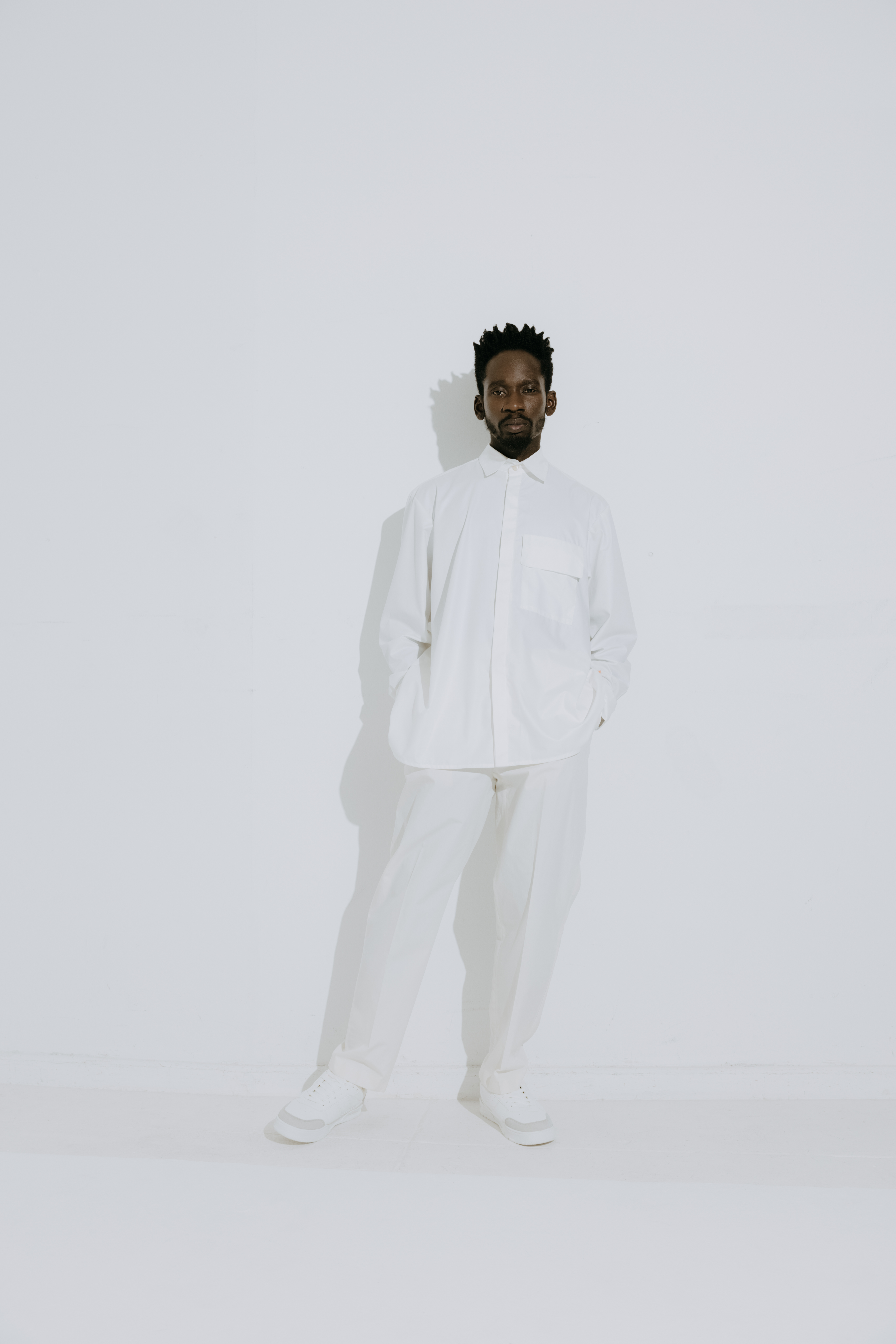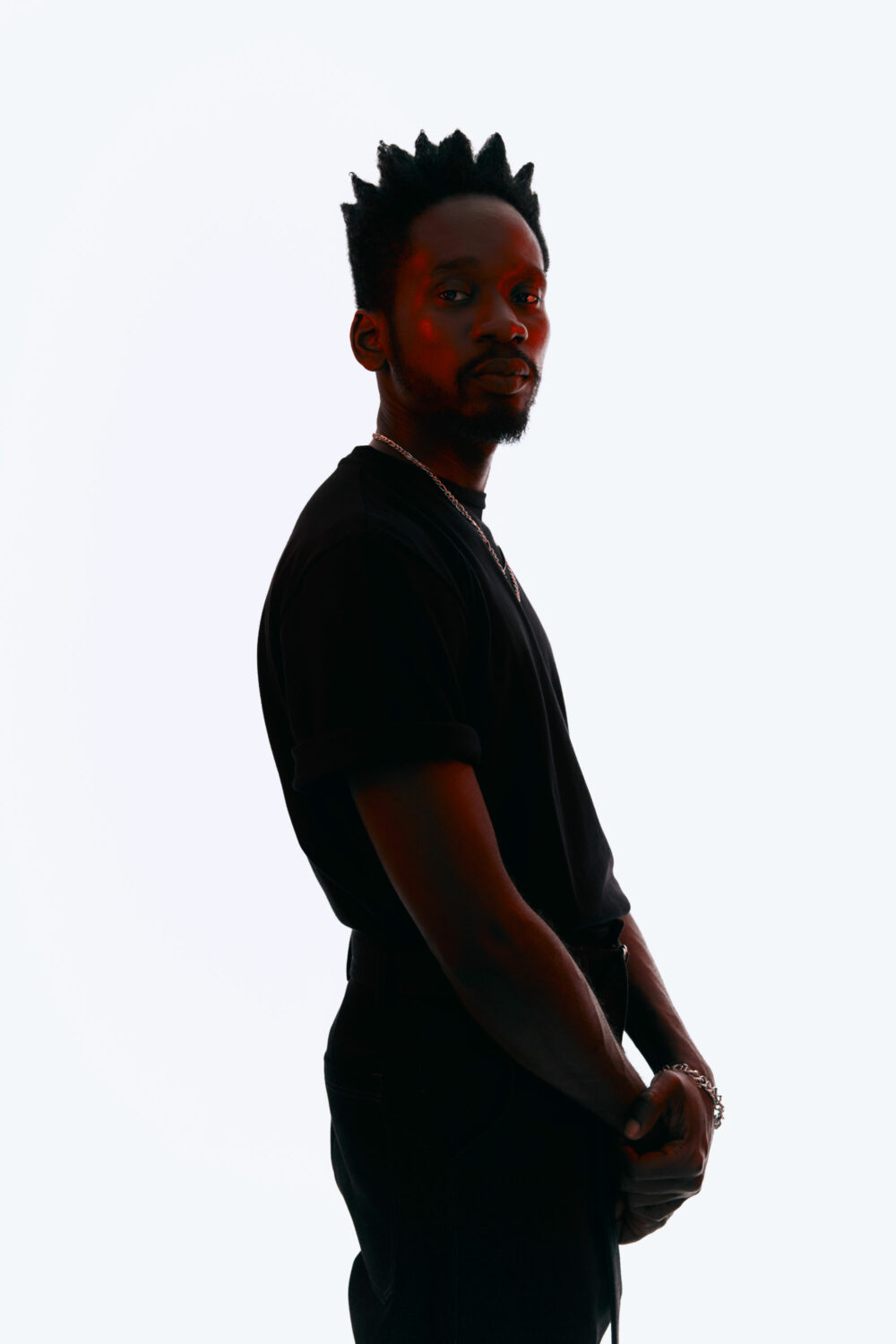Interview: Afropop Pioneer Mr Eazi On Uniting Music & Visual Art
By Something CuratedOluwatosin Oluwole Ajibade, better known by his stage name Mr Eazi, is a musical innovator, record executive and philanthropist hailing from Nigeria. He is the pioneer of Banku music, a fusion of sound he describes as a mixture of Ghanaian highlife and Nigerian chord progressions and patterns. As a recording artist, having collaborated with the likes of Beyoncé and J Balvin, he has earned more than 4 billion streams of his songs, making him one of the most streamed African artists worldwide. He founded emPawa Africa in 2018 as a talent incubator designed to accelerate the careers of African artists. Hailed for its innovative approach to expanding African music’s global reach, emPawa Africa has since grown into one of Africa’s largest independent music companies, with a track record of breaking global names like Joeboy and Major League Djz.

On his upcoming debut studio album, Mr Eazi tells Something Curated: “Sonically, I aimed to create sounds that were distinctly African, incorporating our drums, highlife riffs, and primarily our language. I am extremely grateful to all the producers who worked with me and brought my vision to fruition.” Ahead of the release on 27 October 2023, Mr Eazi presents The Evil Genius, a special art and music experience. The multimedia project invites participants to experience every song on the album alongside the one-of-a-kind artwork created in response to the music. Debuting at Gallery 1957 in Accra, Ghana, a significant country for Mr Eazi where he began his recording career and rose to fame, the first iteration of the experience launched earlier this month during Accra’s annual Cultural Week. Following the inaugural presentation, the exhibition will travel to London as part of 1-54 Contemporary African Art Fair’s Special Projects from 12-15 October 2023 at Somerset House.

Elaborating on how the idea for a combined exhibition and listening experience came about, Mr Eazi explains to SC: “When I was creating the album and considering the art and concept to showcase the project, I knew I didn’t want to have a typical listening party. Since the music was unique, I wanted the event to be unique as well. What better way to combine art and music than in an exhibition space where people can both view and listen simultaneously?” Expanding on the thinking behind the selection of artists involved, he continues: “I discovered their art, liked it and reached out to them. After sending them the song, we would have a call to discuss its meaning. I gave them the freedom to create based on our conversation.”

Among the creatives involved, Kenyan artist Alpha Odh’s began working on the piece Advice after having listened to the single of the same name on repeat for a week. It was important for him that both the artwork and the song work hand in hand with one another and he wanted viewers to think about the song when they viewed the painting, and listeners to picture the art when they listen to the track. For his piece Trial By Fire for the track Notorious, Nigerian artist Edozie Anedu drew inspiration from the mood of the song, which he felt evoked confidence and growth. The popular symbol in alchemy, Aqua Regia, of a lion devouring the sun, is what sparked the creation of the piece.

The Blanket by Samuel Tete-Katchan, created for Fefe ne Fefe, is a portrayal of love, forgiveness and attraction. The blend of the contemporary music with traditional sounds found in his hometown touched the Togo born artist. In the painting, a couple can be seen in a garden, which represents all aspects of life from harvesting to bloom. The idea of love also inspired Benin artist Patricorel’s painting Legalize. The work is composed of two lovers, sitting on chairs, enjoying a tender moment together. The intensity of the lyrics for the song led Patricorel to depict the commitment and desire to share a part of one’s existence with someone else. And Tesprit’s painting Mandela was influenced by a picture the Togolese artist saw of Nelson Mandela; the older man in the work represents Mr Eazi’s father and the adolescent depicts Mr Eazi as a child.
Feature image: Mr Eazi. Photo: Michael Oliver Love